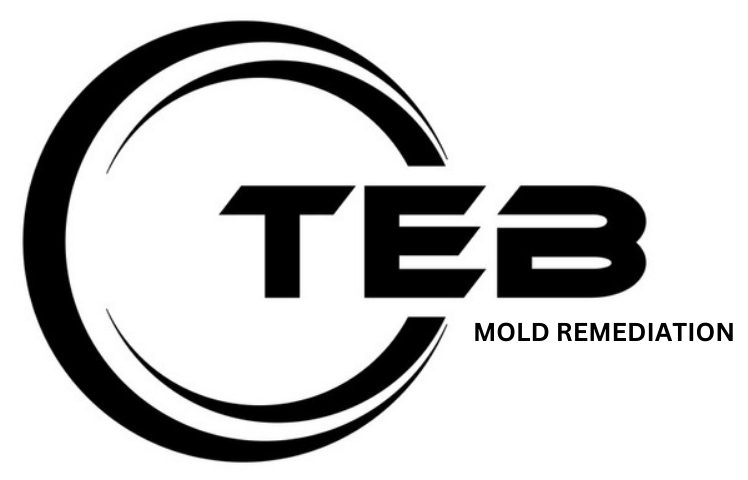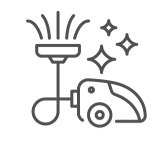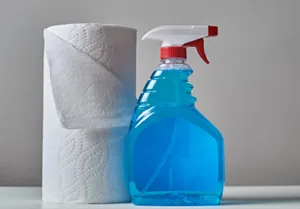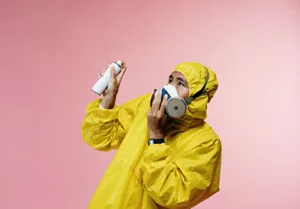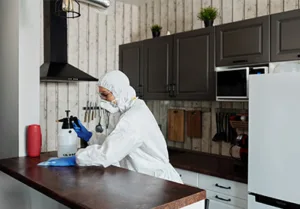TEB MOLD REMEDIATION
Reliable mold remediation, abatement, and restoration
What Is Mold and Why Is it Dangerous?
Mold is a fungus that grows from tiny airborne spores and flourishes in warm, moist conditions. Breaking down and decomposing dead organic matter, mold serves a vital function in our planet’s ecosystem.
However, when mold thrives indoors, it can be a severe health concern. Many people are sensitive to mold exposure and can quickly develop allergic or asthmatic reactions. Others can develop symptoms such as a stuffy nose, wheeziness, fever, rash, and itchy eyes. Long-term mold exposure can even trigger upper respiratory tract infections, hypersensitivity pneumonitis, and, in some cases, even fatal health conditions. Book our mold clean up services today!
Call us at
+91 7996688885
Get in touch with us
We have more than 15 years of experience
Our Achivements
Happy Customers
SQ Feet of Mold Remediation
Emergency Calls per Month
Types of Mold
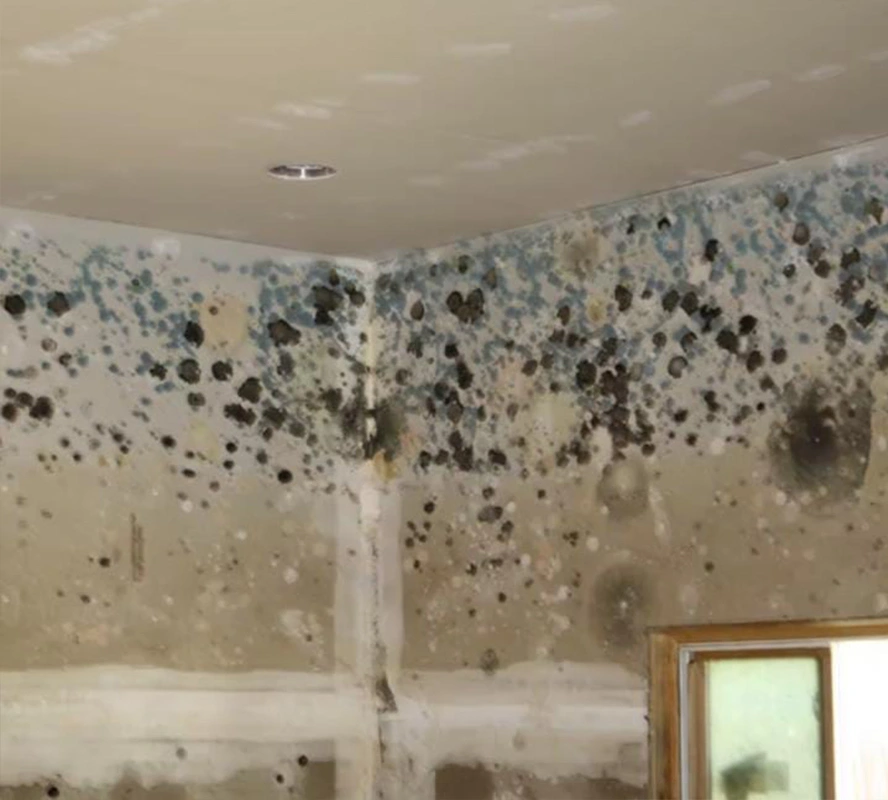
Alternaria Mold
You can typically find this mold in showers, bathtubs, and below sinks. It often signifies water damage, and it spreads quickly. Has a velvety texture with dark green or brown hairs.
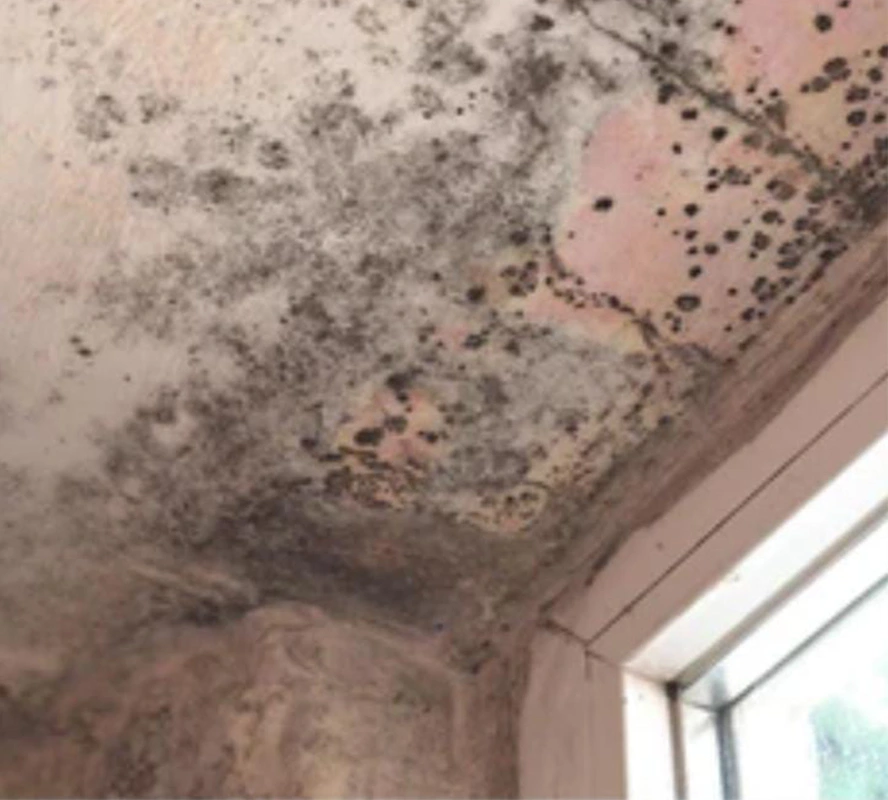
Chaetomium Mold
Normally in buildings that are very water-damaged, specifically your roof, basement, pipes, and drywall. Watch out for a musty smell. This cotton-like textured mold usually begins as white in color, and eventually darkens with time, from gray to brown to black.
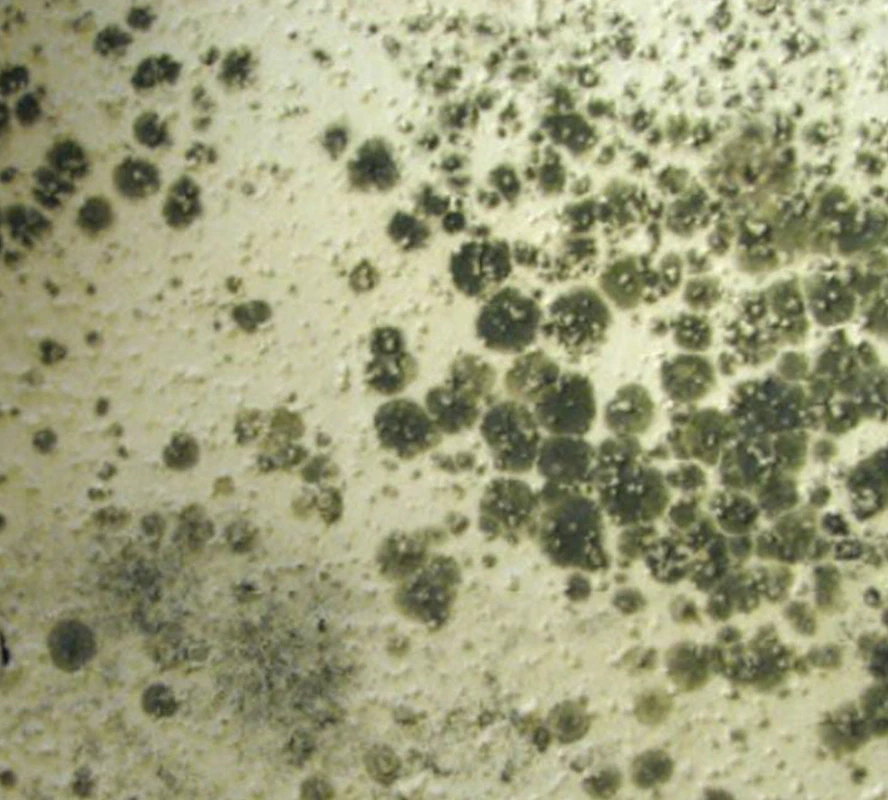
Cladosporium Mold
Found frequently in carpet, fabrics, upholsteries, wood floors, and cabinets. AerIndustries describes this type of mold as an olive-green or brown colored mold with a suede-like texture.
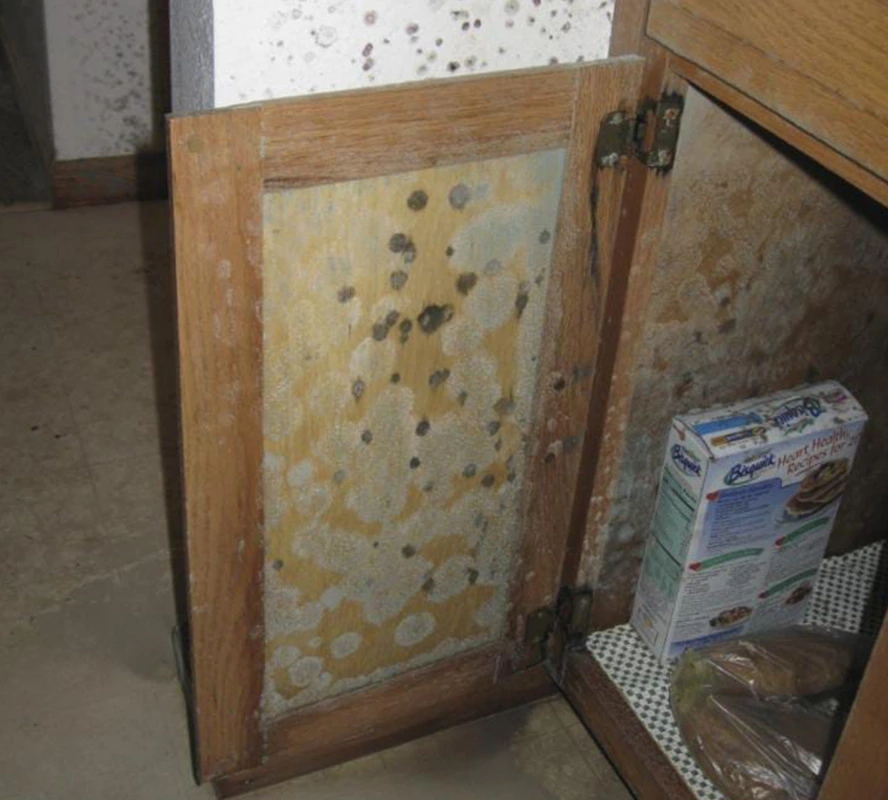
Mucor Mold
Normally found near leaky windows and doors where there’s moisture from condensation. White or gray in color, grows in thick patches quickly.
24/7 Emergency Service
Time is important when dealing with mold, and a quick response will help lessen damage, help avoid costly repairs, and help result in less disruption to your family.

Uniquely Trained Technicians
Our professionals can handle your mold removal problem and have credentials from the Institute of Inspection Cleaning and Restoration Certification (IICRC)
No.1 Choice in the Cleanup and Restoration Industry
We’ve earned a reputation as a trusted leader in the restoration industry and specialize in mold removal, mold inspection and testing, mold cleanup, mold restoration, and more.
Mold Remediation FAQ
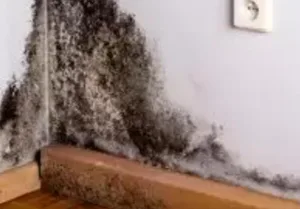
How Do I Identify Black Mold?
Black mold is the first thing homeowners think of when they see moldy growth on their drywall or inside air ducts. The nefarious visitor is enough to have anyone calling in the professionals, but it may not be the one you see in your home. If anybody in your home has been experiencing allergic reactions or breathing problems, the mold you see could be toxic. If that is the case, you should be contacting mold remediation experts to help you deal with the issue. Unsurprisingly, this mold is dark in color. If it has had time to mature, then it looks black. The earlier stages are closer to a dark brown or green. When it is developing, it looks similar to dirt.
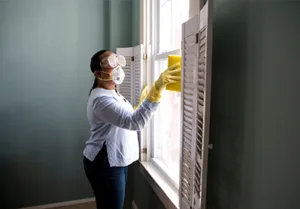
How Much Does Professional Mold Remediation Cost?
The costs involved with professional mold remediation services vary depending on the situation. Some impacting factors include the size of the area covered, how easy the mold is to reach (crawl spaces or in the roof cost more than a living room wall, for example), and how severe the mold damage is. If any drywall needs to be demolished then the restoration costs are higher. The best way to get an idea of how much mold remediation is likely to cost you is to arrange a free inspection.
Can Mold Come Back After The Remediation Process?
Professional services should always begin by tracking down the source of the problem. If you remove or repair whatever is causing the moisture and allowing mold to grow, the issue should not reoccur. If you simply remove the visible signs of mold from the surface and don’t strive for a more in-depth solution, then the problem is sure to return. Even after successful mold removal and remediation, moldy surfaces can come back if moisture levels are allowed to rise. There are steps to be taken to limit the risk of mold damage: have a look at our tips on how to clean moldy surfaces, what detergent to use, and how to prevent it in the first place.
Is It Safe To Live In A House With Mold Damage?
To be clear, mold exposure would have to be extreme and prolonged to do serious damage to a healthy adult. While it is essential to battle any moldy surface you see and remove mold as soon as possible, you can live with it in the meantime. If you are not suffering any reactions, regularly clean, bleach, and treat moldy areas, and are in the process of mold removal then there is no need to move out. If mold damage begins to affect the air quality, you may want to remove yourself from the space for your comfort. Moldy air can make a living situation extremely unpleasant and should be dealt with quickly in professional remediation.
What Is The Difference Between Mold Removal And Mold Remediation?
Mold remediation is about restoring the correct mold levels to the area, whatever they may be. Mold removal, on the other hand, is about coming as close to eradicating it as possible. The latter aims to physically remove all the spores they can, rather than aiming for a naturally balanced level. If someone claims to remove mold completely, this is simply not true. The term mold removal is a generalized phrase for professionals working with mold, but remediation is the true aim of what we do. They mean similar things, but it is good to know the difference.
Is Mold Remediation Really Worth It?
Where health is concerned, any process that reduces potential risk is worth it. Whether in a family home or an office building, the presence of mold can be dangerous. Your family or employees deserve a safe area to spend time in without worrying about the suspicious fungus creeping across the wall. Professionals in mold removal can return the correct natural spore levels. After we remove mold, and the cause of the mold, from your home, it reduces the chance of reoccurrence significantly more than simply clean up and containment.
